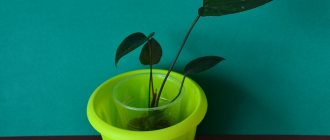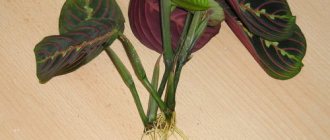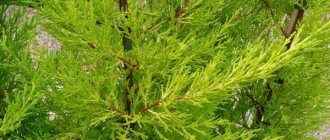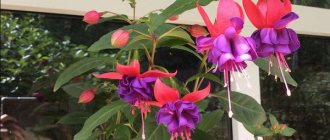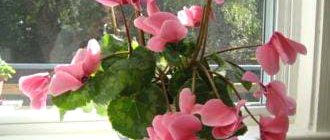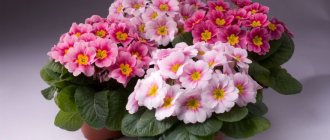The beautiful flowering plant Clivia is multi-flowered and belongs to the Amaryllis family. In the wild, this plant is widespread in the subtropical part of South Africa. In those regions where the climate is temperate, the flower is cultivated at home and in greenhouses. In such conditions, clivia has an average growth rate: up to six to eight leaf blades are formed during the year.
If the flower is well cared for, then its lifespan can be up to 40 years. During this time, from a small bush about 0.45 m high, the flower will turn into a large tub plant. The bush blooms in the last days of February. Over the course of 30 days, the plant exhibits alternate opening of spectacular bell-shaped flowers. The bush looks most impressive during flowering, but it does not lose its attractiveness the rest of the time. Its long and wide leaf blades grow in a thick fan and form a false stem.
Flower named after a woman
Clivia is a stemless indoor evergreen plant with long, dark green leaves. The false stem is formed from basal leaves tightly covering each other. Homemade clivias reach a height of about half a meter, the flowers of the plant are collected in umbrella-shaped inflorescences with a diameter of about 20 cm. Flowering lasts about a month.
In nature, clivia grows up to a meter in height.
The name of plants of this genus was given by botanist John Lindley. The flower was named in honor of Duchess Charlotte Clive, the governess of the future Queen Victoria, who was fond of floriculture. And one of the varieties of clivia was called Clivia Gardena, named after Major Robert Garden, who in the mid-19th century discovered a new species and brought it to Europe.
Clivia belongs to the amaryllis family. Under natural conditions, it grows in the humid subtropical forests of South Africa.
In its homeland, clivia is often used for medicinal purposes. However, you should be extremely careful at home: the sap of the plant is poisonous. You should not use it for self-medication.
Amateur flower growers often confuse clivia and wallot. Both plants belong to the same family and have similar leaf and flower shapes.
Table: clivia and wallota - how to distinguish them?
| Sign | Distinctive features | |
| Clivia | Vallota | |
| Root system | There is no bulb as such, instead there is a white and thick, fleshy rhizome. | The bulb is elongated-ovoid in shape with a massive neck. |
| Leaves |
|
|
| Flowers |
|
|
| Juice | If the leaf is damaged, yellow-orange juice flows from the wound. | Deprived of this feature. |
In general, keeping clivia at home does not cause much trouble. But it is worth knowing about the most comfortable conditions for it in order to provide the plant with maximum decorativeness.

